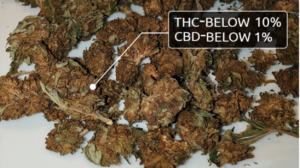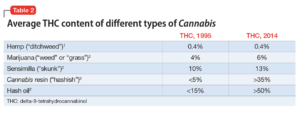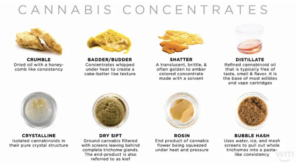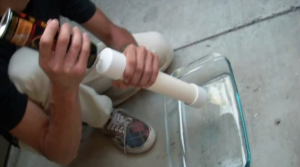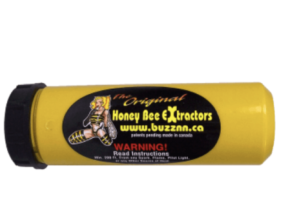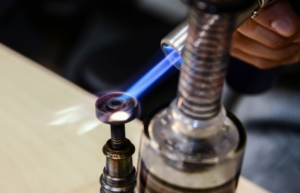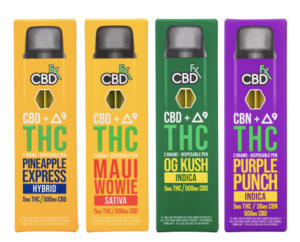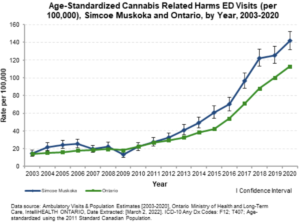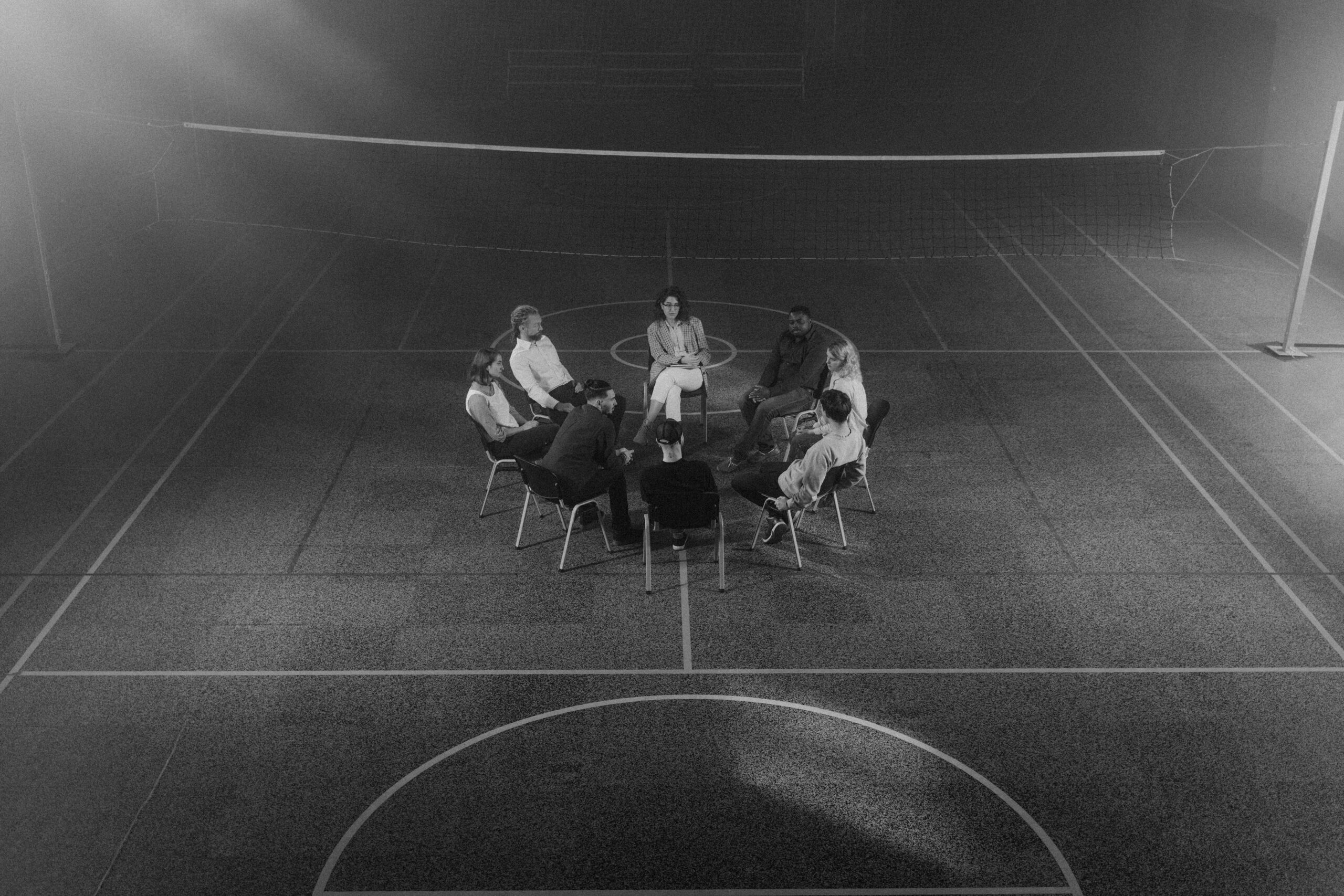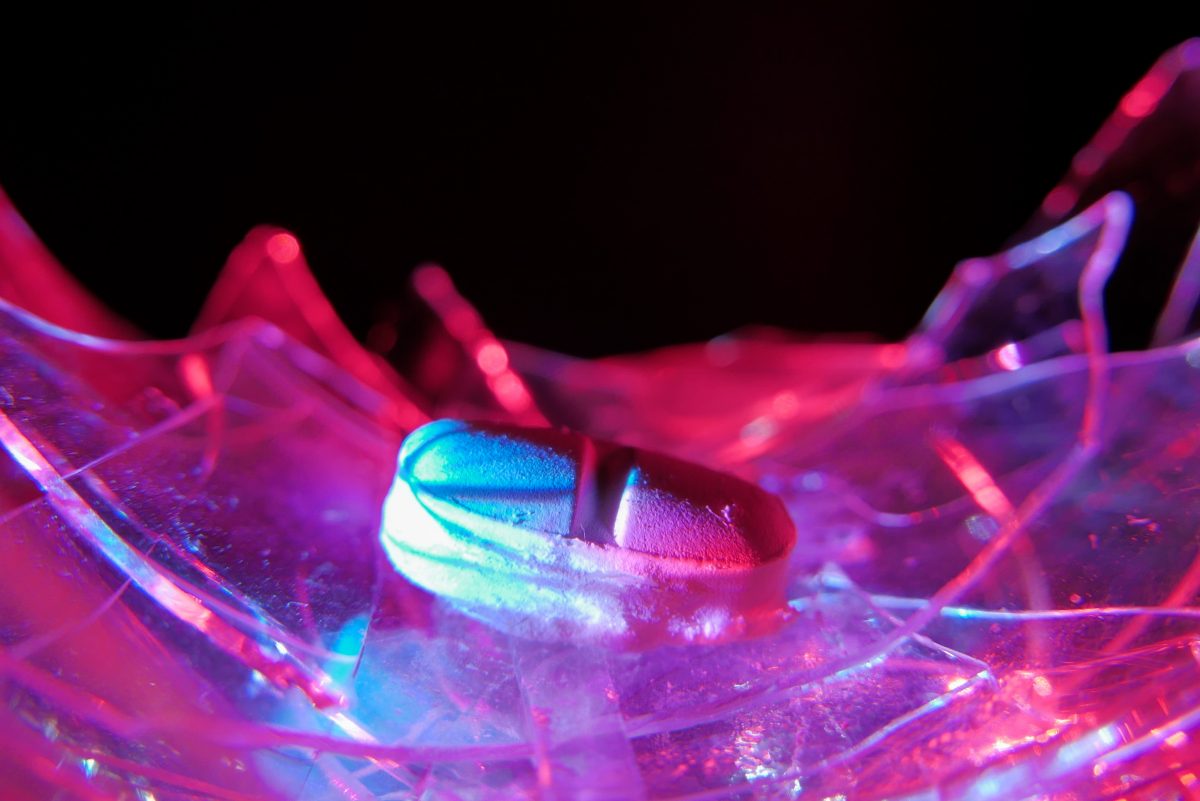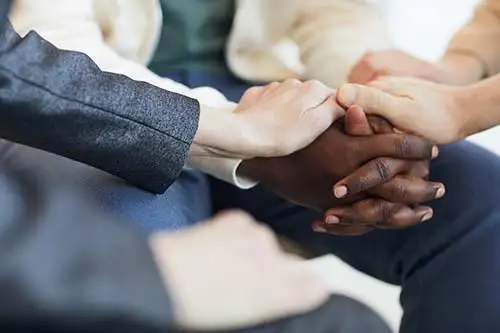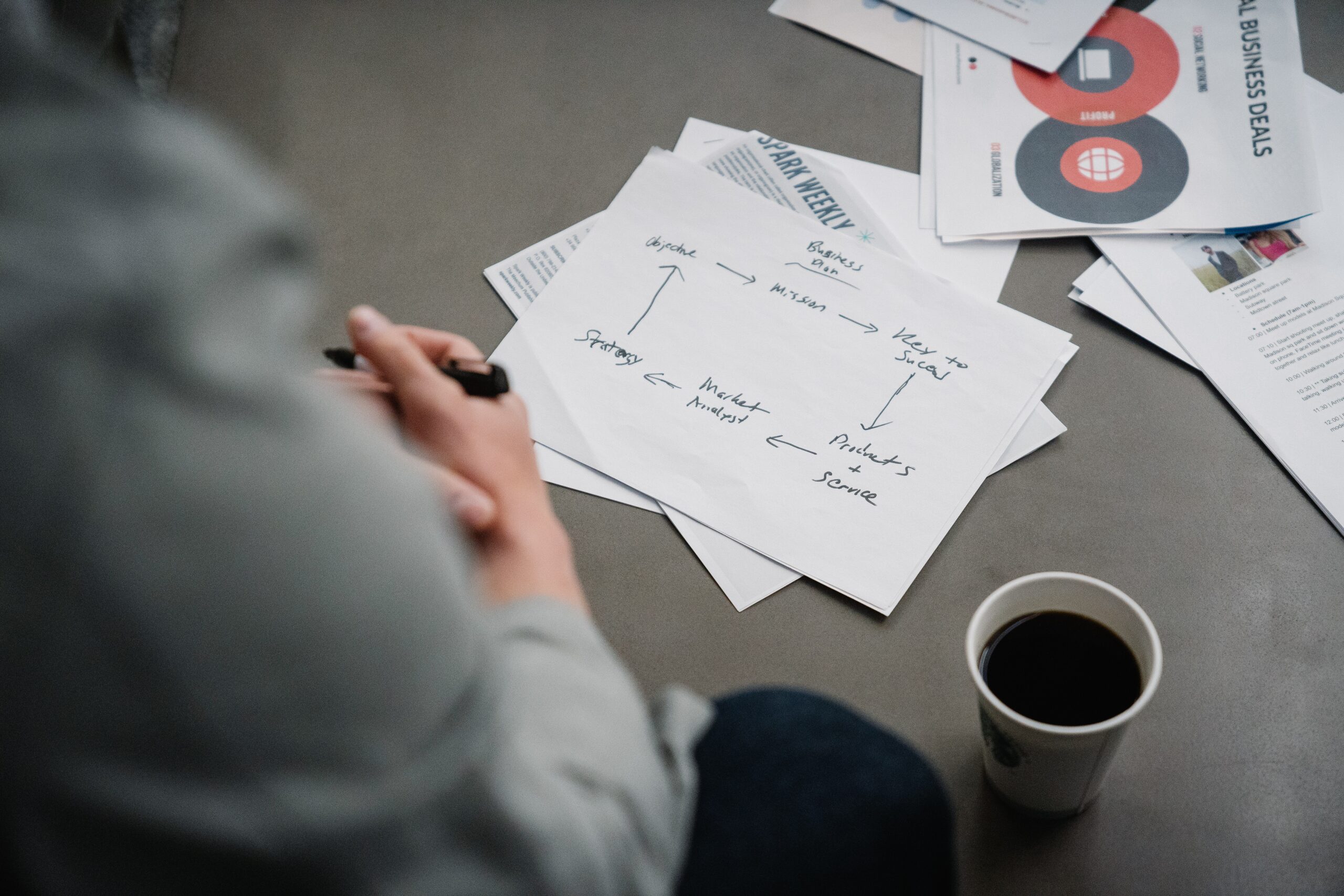Introduction to Addiction Intervention
An intervention is often a misunderstood process, and the only thing for certain is that everyone involved has experienced frustration, resistance, and failed attempts towards recovery. Adam Banks gives an introduction to addiction intervention and brings everyone together to form an actionable plan. In this process, we find that addicted people are longing to be part of a family that unintentionally pushes them away. Banks’s step by step method leads loved ones into treatment by peacefully repairing the structure of family dynamics.
Recovery doesn’t require losing it all to begin healing. There is no need to hit the bottom before seeking treatment. Because addiction is hidden, we may not recognize when others truly need help. Entering treatment is a personal choice, and the best we can do to others is to help them realize the recurring consequences of addiction.
- By the time the need for intervention arises, the AP has resisted treatment or made various one off attempts.
- Adam believes family is the difference. Interventions are a group effort that is guided by a dynamic, well prepared plan. This plan creates a lasting power that cultivates recovery.
- Interventions are not the dramatic episodes seen on television, and they often require more than one attempt. They do not dwell on the past, but rather build towards the future.
Taking the First Step
Families nearing the point of intervention commonly express, “We have tried everything, and nothing works, they are going to be the hardest person you have ever dealt with.” Those in need of treatment can often be difficult. However, underneath this difficulty is an internal struggle to break an addiction. Your loved one knows something is wrong, and they know that their substance dependency is taking its toll. Watching this introduction to addiction intervention is a first step.
It is very likely that your family member does want to enter recovery – they just don’t see a path free of the substance that has a grip on them. Your loved one has probably made a few attempts at recovery in the past and claims, “It doesn’t work for me.”
Successful recovery follows a months-long plan, one-off attempts will not work. Prior to a structured intervention, attempts to recover have usually been “popcorn” attempts. An AA meeting here, a therapist there, and a lot of broken promises. A family that has “tried everything” has yelled, screamed, and attempted to enforce various ultimatums and the addiction has won every time.
Intervention Success Follows a Plan
Intervention creates and presents an actionable plan for the addicted person, which we refer to as “the AP.” When presented with a well-thought-out plan, the AP can recognize it as an obvious choice to follow. In a positive intervention, family is the difference. The family makes the plan, and during the course of treatment, they are taught how to support long term recovery. This program brings the family together to understand addiction. From this foundation, a plan comes together.
The AP wants to be a part of the family. In fact, we often find that an AP is the one of the most involved family members. They call more frequently, and they stop by more, and they are typically the focal points of conversations. Sure, these interactions might be painful, but they are instances of the AP looking for connection and longing for belonging. However, addiction comes with pain for the family.
In this misguided pursuit of forcing an AP to get sober, the family punishes them with ultimatums, pushing them further from stability, and making them more lonely. This cycle perpetuates addiction, the AP feels like the “black sheep.” They want to be a part of the family, but the hill to climb to get back in the good graces of the family becomes overwhelming. They don’t believe they could ever live up to the expectations of the family, so they use more, and cause more damage.
If we can change the dynamic by surrounding the AP with love, showing them a path back to the family, and helping guide them into sobriety, we can give them exactly what they yearn for, family connection.
Intervention Reality
There are a lot of myths around intervention. The dramatized productions of television shows can make an already suffering family hesitant toward an intervention. There is little reality in these types of shows. A proper intervention should be a positive experience, the interventionist serving as a project manager, and the family making and presenting a plan.
Once families learn about addiction in the introduction to addiction intervention, they become very influential. The interventionist is in the back-ground, moving the project forward and steadying the interactions between family and the AP. The calm progression is a slow ascent towards a positive solution.
Start Recovery Today
An intervention is not a one-off event where a family shames an addicted person into seeking treatment. These scenarios can only blow up, and that form of intervention has been tried 100 times before in the past. In a positive intervention, very little time is spent on the past. We can bring a great sense of relief to the AP if we assure them that we aren’t bringing up the past, we are focused on the here and now and the future.
In emergency cases, a dramatic intervention might be the only option to help someone. Rather than an ambush operation, imagine your family as a peaceful unit that can offer help and follow a program that allows for long-term recovery.
About Adam Banks
Adam Banks is a certified interventionist and the owner of Adam Banks Recovery. After receiving an MBA from the University of Chicago, Adam built a company acquired by United Health Care. His discipline and attention to detail comes from his former career as an airline pilot, holding an ATP, the FAA’s highest license.
Today, Adam is dedicated to helping others achieve long-term sobriety. His work has guided executives, pilots, and physicians on paths to recovery. Adam brings families together through a loving and inclusive approach. Adam has authored four books on addiction. His recent work, Navigating Recovery Ground School: 12 Lessons to Help Families Navigate Recovery, educates families on the entire intervention process. He also offers a free video course for families considering an intervention for a loved one.
Adam is available for alcohol and drug intervention services in New York, Long Island, the Hamptons as well as nationally and internationally.




